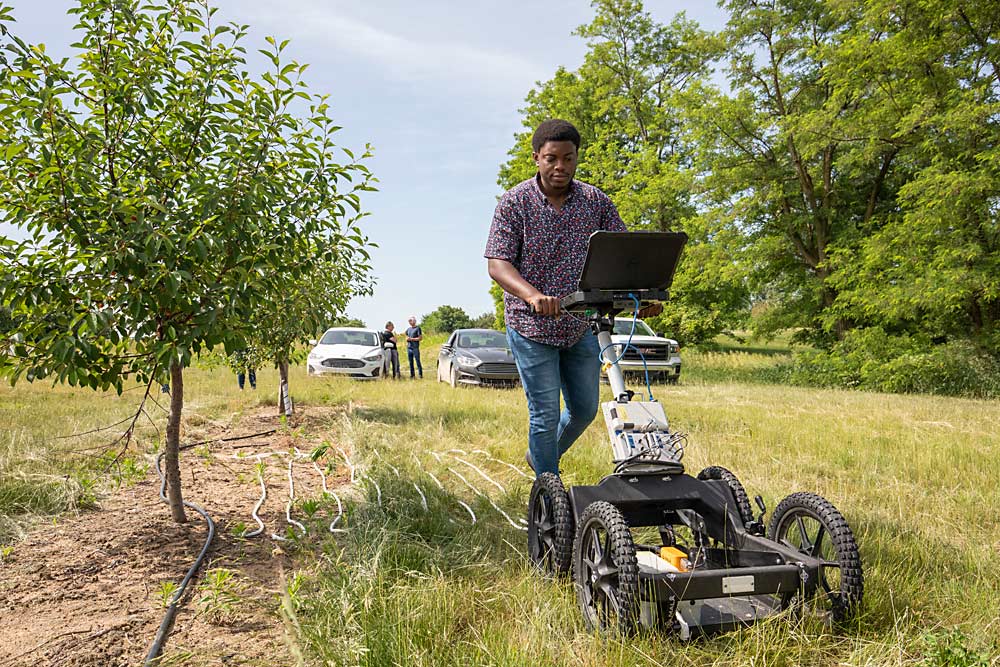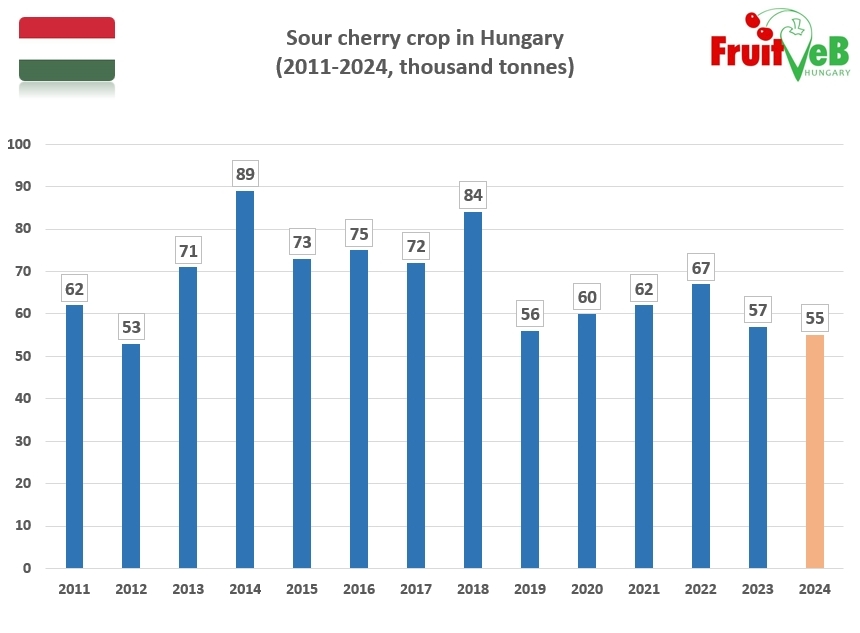Trees are essential for providing food, raw materials, and oxygen while sequestering carbon dioxide from the atmosphere. Therefore, optimizing tree management is crucial to enhance these benefits.
A study conducted by researchers at the Michigan State University (USA) introduces an innovative approach to analyzing tree root systems using ground-penetrating radar (GPR) combined with artificial intelligence (AI) to reconstruct the three-dimensional (3D) spatial extent and distribution of roots in tart cherry trees. Michigan cultivates 75% of the USA's tart cherries, and this research highlights the economic and health benefits of these trees, including their high antioxidant content.
The study analyzed the tree roots from two mature orchards in Michigan, using an 800 MHz GPR antenna. The resulting images were processed with AI algorithms to extract root patterns, an innovative application in this field.
To validate the capabilities of the 800 MHz GPR in detecting root sizes, a controlled, non-destructive experiment was conducted under similar conditions to those of the tart cherry trees. This validation step is fundamental for the image interpretation process and for accurately reconstructing the root geometry.
 Image 1.
Image 1.
The research compared root extent with canopy size using images from unmanned aerial vehicles (UAVs). This showed that the lateral extent of the roots exceeded the canopy size. Additionally, an experiment involving 112 root proxies was conducted to build a predictive model of root weight.
Using machine learning algorithms, the model achieved high accuracy, with a weight percentage error of about 5%. The results demonstrate that a set of non-invasive and integrated methods can efficiently determine root distribution and potentially estimate root weight.
In conclusion, the study successfully integrated GPR and AI to evaluate tree root architecture non-invasively. AI algorithms significantly improved the interpretation of GPR data, leading to accurate 3D reconstructions of root systems. This approach offers a promising tool for optimizing tree management and growth, providing better ecosystem services and improving productivity.
Moreover, understanding the spatial relationship between tree roots and canopies can improve agricultural practices and increase our knowledge of carbon dynamics in trees. The methodologies developed in this study provide a foundation for future research and applications in tree root analysis and management.
Source: Basso, B., Salako, J., Kendall, A., & Millar, N. (2024). Assessing Tree Root Distributions Using Ground Penetrating Radar (Gpr) and Artificial Intelligence. Available at SSRN 4829515. Pre-print, under peer-review. dx.doi.org/10.2139/ssrn.4829515.
Image: Good Fruit Grower
Andrea Giovannini
University of Bologna (IT)
Cherry Times - All rights reserved













